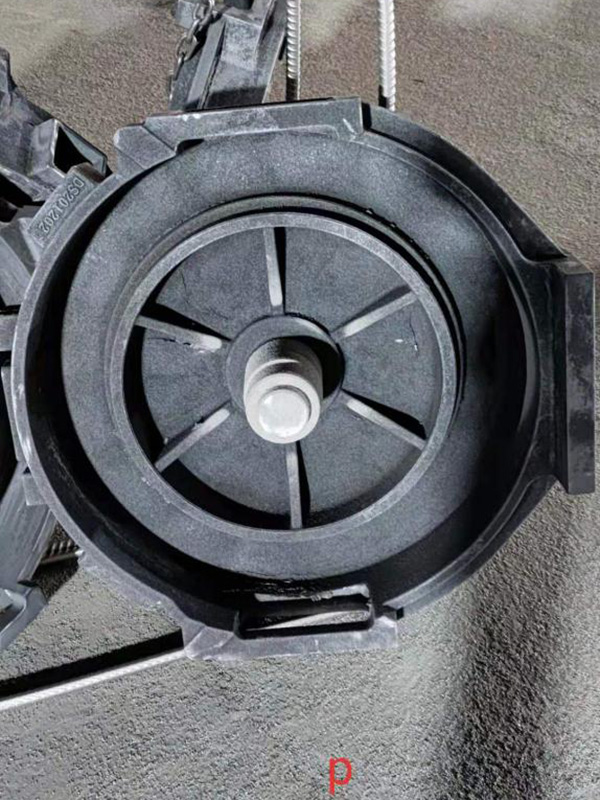Lost foam sand casting is an innovative and efficient metal casting process that combines the simplicity of traditional sand casting with the precision of investment casting. This method is designed to create complex parts with excellent surface finishes while minimizing material waste and reducing production costs.
The lost foam casting process begins with the creation of a foam pattern, typically made from polystyrene or a similar material. This pattern is engineered to match the exact dimensions of the final metal part. The foam is then coated with a fine layer of sand, which is mixed with a bonding agent. This mixture is compacted around the foam pattern, forming a mold that can withstand the molten metal's temperature.
Once the mold is prepared, the foam pattern is subjected to heat, which causes it to evaporate and create a cavity in the sand mold. This unique attribute of the method is where the term lost foam originates; the foam is literally lost as it transforms into gas, leaving behind a hollow space that mirrors the shape of the original pattern. This process eliminates the need for a separate core, simplifying the casting process and reducing production time.
The next step involves pouring molten metal into the mold cavity. As the metal fills the space, it takes the exact shape of the original foam pattern. This rapid filling minimizes the likelihood of defects, such as porosity and shrinkage, resulting in high-quality castings. The metal solidifies quickly, allowing for shorter cycle times compared to conventional casting methods.
lost foam sand casting

After the metal has cooled and solidified, the sand mold is broken away to reveal the freshly cast part. One of the key advantages of lost foam sand casting is the ability to produce complex geometries that are difficult or impossible to achieve with traditional sand casting methods. This has made it particularly popular in industries such as automotive and aerospace, where intricate designs and lightweight components are essential.
Additionally, lost foam casting is known for its environmental benefits. The process generates less waste compared to traditional casting techniques, as there are no cores or extra materials required. Furthermore, the ability to use recyclable materials in the foam patterns contributes to a more sustainable manufacturing process.
In conclusion, lost foam sand casting represents a forward-thinking approach to metal casting that capitalizes on efficiency, precision, and environmental responsibility. With its capacity to produce high-quality, complex components swiftly, this method is set to play a crucial role in the future of manufacturing across various industries, driving innovation and sustainability in metal processing.
Post time:Okt. . 07, 2024 19:01
Next:casting sand for metal
